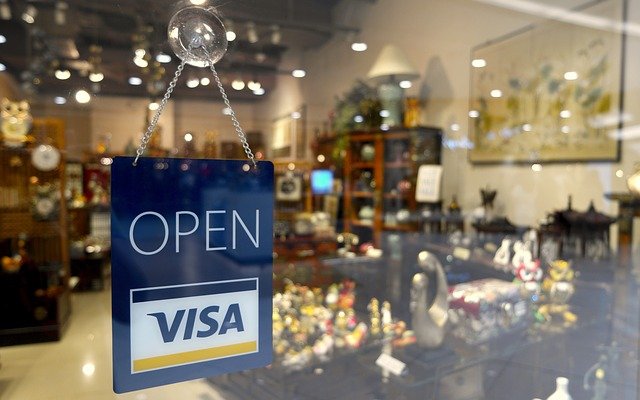The Future of Credit Cards: Is Plastic Disappearing?
“Credit cards” have been around for centuries, but they didn’t come into prominence until the era of plastic. The credit card was invented in 1950 by a man named John Biggins and shortly after it became popular with retailers like Bloomingdales to offer them as an alternative payment method. This invention led to other innovations such as pre-paid Visa Cards that were first introduced in 1977 so people could avoid excessive overdraft fees when using their debit account at ATMs or banks without telling you beforehand how much money is available on your bank account
Credit cards are used all over the world today because they make paying easier, safer and more convenient than carrying cash ever did before now we can pay anywhere from gas stations to grocery stores through our smartphone apps.
The Begining of Credit
Credit cards have been around since the time before Napoleon, and many people think they started in 1887. But credit card companies disagree with this date by almost 300 years because some of their oldest records show that customers were using them to buy things as early as 1694! The first option was a bank note which you could use at stores without any money on hand if IOUs weren’t available or accepted. In other words, it’s like taking out cash so one can spend it down the road when needed for something else; except now instead of having to actually go get more currency from an ATM machine one just needs to swipe a piece of plastic through a scanner and enter their pin number into order complete your transaction!
Behold, Credit Cards!
History is full of stories about people who have fought to build a world where everyone gets the opportunity they need. One such person was Hammurabi, ruler in Ancient Babylon from 1792-1750 B.C., whose Code of Laws established an example for written credit systems that are still being followed today! Alongside his many other accomplishments, he also left behind rules governing lending and paying back loans with interest rates.
The Good Old Days of Credit Cards
The general goods store was the one place in town where a man could go for anything his heart desired: an idea of what he wanted, some good advice on how to get it and then have that thing delivered straight home. For them there were no lines between work life and personal time; everything went hand-in-hand all day long.
There’s never been another American institution like these stores that offered such personalized service from local proprietors who knew their customers’ needs better than they did themselves–and had plenty of patience with credit shoppers too!
1950
By 1950, Diners Club launched its first general merchandise charge card. These credit cards were issued to well-off customers and used it for travel and entertainment expenses by limiting the amount of money available in a given month’s payment with interest rates so high that people had no other choice but to pay off their balance each month. This created our modern day system where we are able to buy something today then make monthly payments over time without having all the cash upfront required before now.
The Modernization of Today’s Credit Cards
Your credit cards are probably a big part of your life. In fact, you may not even realize how much they affect the way we shop and buy goods in this day and age! The technology on our plastic has come quite far since it started as just paper back in 1870.
There were no limits to what people could charge or spend when there was only ink on that piece of cardboard; however, today’s card is full with so many different features other than cash value for purchases such as: EMV smart chips which allow encrypted two-way authentication between merchant terminals and payment processing networks among others like increased security against counterfeiting fraudsters which then led to multiple credit lines alongside one another (to convert debt from previous balances).
Will plastic credit cards disappear?
Technology is evolving and in the span of a decade, it has become more convenient for both consumers and merchants to do business with one another. With increasing numbers of app-based payment services such as Google Wallet or PayPal, traditional credit card companies are not threatened by this recent innovation–in fact they’re using these new apps themselves! The advent of contactless payments like CashApp have made purchases easier than ever before while also providing businesses an opportunity to reach potential customers outside their current marketplaces.
The technology used to be limited primarily due to location but now technology allows people from all over the world access through various means including online stores that can ship around anywhere you may live; mobile devices which allow easy transactions on any device at anytime.
Credit cards are evolving to be more versatile than ever. Consumers who use credit can purchase goods and services from a variety of vendors, without having money on hand when they need it most. The future possibilities for these flexible plastic payment methods are endless.

